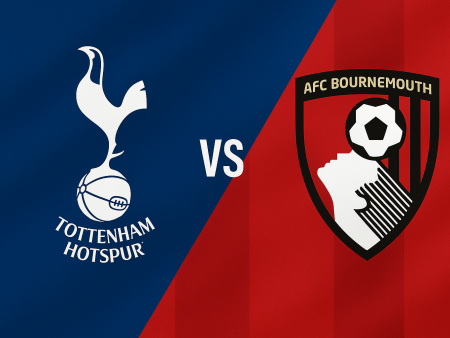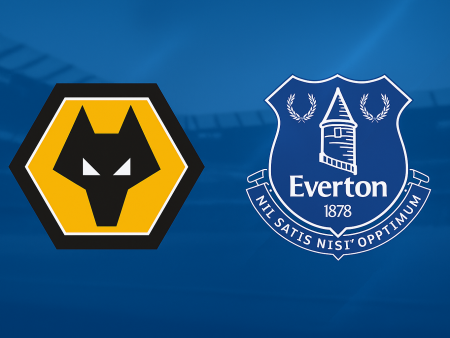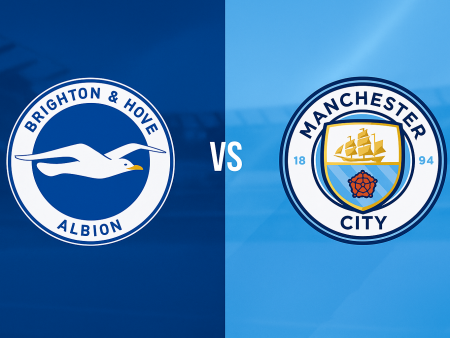Jose Mourinho's Tottenham Hotspur: A Tactical Transformation
For the first time in over ten years, Tottenham Hotspur faced serious struggles near the bottom half of the Premier League table. The opening stretch of the campaign saw Mauricio Pochettino's side, once Champions League finalists, languishing in 14th place as their performances dipped alarmingly. Although Pochettino is widely regarded as one of Spurs’ finest-ever managers, his tenure came to an end just short of 300 games as the club sought a rapid turnaround. In response, Tottenham turned to seasoned tactician Jose Mourinho, who was tasked with reigniting the club's fortunes and quickly bringing stability. Under Mourinho's early stewardship, Tottenham won four of his first five matches and began climbing back towards the Champions League places. This article explores the tactical overhaul Mourinho implemented at Spurs and how these changes sparked immediate improvement.
Mourinho’s Core Formation: The 4-2-3-1 Approach
When Jose Mourinho arrived at Tottenham, he adopted his favored 4-2-3-1 set-up. This system made the most of the existing talent while addressing glaring issues. Eric Dier returned as the primary defensive midfielder (‘number 6’), anchoring the double pivot, while Harry Winks and Moussa Sissoko alternated in the more box-to-box role (‘number 8’). With Ben Davies sidelined, Jan Vertonghen shifted to left-back and Toby Alderweireld, renowned for his passing ability, was reinstalled at the heart of defense.
Serge Aurier experienced a renaissance under Mourinho, enjoying greater attacking license down the right flank. Meanwhile, Dele Alli’s resurgence saw him excel as an advanced midfielder, while Lucas Moura and Heung-Min Son provided width, pace, and cutting edge from the flanks. Up front, Harry Kane retained his central role, often swaying in and out of position with Alli as matches evolved.
Despite Mourinho’s reputation for a defensive brand of football, Tottenham quickly became a dynamic attacking force under his management. In the first five matches across all competitions, Spurs scored 16 goals, ranking among the highest goal totals in Europe during that span.
Innovative Build-Up Play: Back Three Structure and Positional Fluidity
A major change in Tottenham’s play was the use of positional rotation, especially in buildup. To progress the ball smoothly, Mourinho’s Spurs frequently constructed attacks using a back three: Vertonghen slid inside to form an additional center-back, allowing Aurier to push high on the right.
Central players like Dier, Sissoko, Moura, and either Kane or Alli stayed in advanced midfield areas to regain possession and launch quick transitions. The resulting overloads on the flanks handed Aurier and Son ample opportunity to exploit space-providing crucial outlets for breaking down opponents, a tactic exemplified in the emphatic 5-0 victory over Burnley.
Passing range from the back was emphasized as well. Alderweireld was instrumental, delivering 13 long passes (with 7 accurate) in the Burnley game, while Davinson Sanchez increased his direct passing attempts over time, illustrating Spurs’ more progressive intentions in possession. Under Mourinho, Tottenham retained strong possession figures but placed increased emphasis on getting the ball forward early to their attack-minded full-backs and forwards.
Dynamic Movement: Kane and Alli’s Role Reversal
One of the most striking features since Mourinho’s appointment has been the positional interchange of Harry Kane and Dele Alli. Alli, revitalized and influential, tallied four goals and three assists in Mourinho’s first five games-quadrupling his output under the previous manager in fewer appearances. His consistent production made him an indispensable starter and pushed creative players like Christian Eriksen to the bench.
The freedom afforded to Alli allowed him to adopt a ‘space interpreter’ role, drifting into dangerous areas to influence attacks, reminiscent of Thomas Müller's iconic “Raumdeuter” style. Frequently, Alli found himself ahead of Kane, exploiting spaces to score or set up teammates. This rotation enabled Kane to drop deeper into playmaker positions, leveraging his passing vision and opening up possibilities for long-range shots. The flexibility between Alli and Kane confused opponents, improved creativity, and diversified Spurs’ threats.
Solidifying the Core: The Double Pivot Reimagined
Restoring Eric Dier to a central midfield role proved to be a key tactical decision. While Tanguy Ndombele showcased quality and potential, Mourinho favored Dier’s defensive discipline, game intelligence, and calmness in possession. Dier brought structure and stability, helping Tottenham regain shape and confidence after transitions.
Partnering Dier was a rotating option between Harry Winks and Moussa Sissoko. Winks offered composure and technical skill, reminiscent of Mousa Dembele’s role in earlier Spurs lineups. In contrast, Sissoko brought dynamism-making timely surges forward, whether driving with the ball or timing late runs. Dier’s defensive awareness allowed Sissoko greater attacking liberty, resulting in two goals from Sissoko over three matches-a marked difference facilitated by Mourinho’s setup of the midfield base.
Together, this pairing allowed Tottenham to control the midfield, recover possession quickly, and support both defensive and offensive phases effectively.
Conclusion: A Revitalized, Threatening Spurs Under Mourinho
Jose Mourinho’s appointment at Tottenham Hotspur quickly reinvigorated a stagnating side. His tactical tweaks-returning to a structured 4-2-3-1, prioritizing positional flexibility, empowering key players with creative liberty, and solidifying the midfield core-transformed Spurs into a fluid, clinical, and dangerous team once again.
The newfound attacking dynamism and defensive cohesion saw Tottenham rise in the table and become formidable opponents for any Premier League side. Mourinho’s early impact illustrates his knack for immediate turnarounds and offers Spurs supporters hope for much-anticipated silverware-a goal that had eluded the club in recent seasons.
As this tactical evolution unfolds, Tottenham are once more among the league’s most exciting and feared teams, a testament to Mourinho’s strategic insight and experience.













